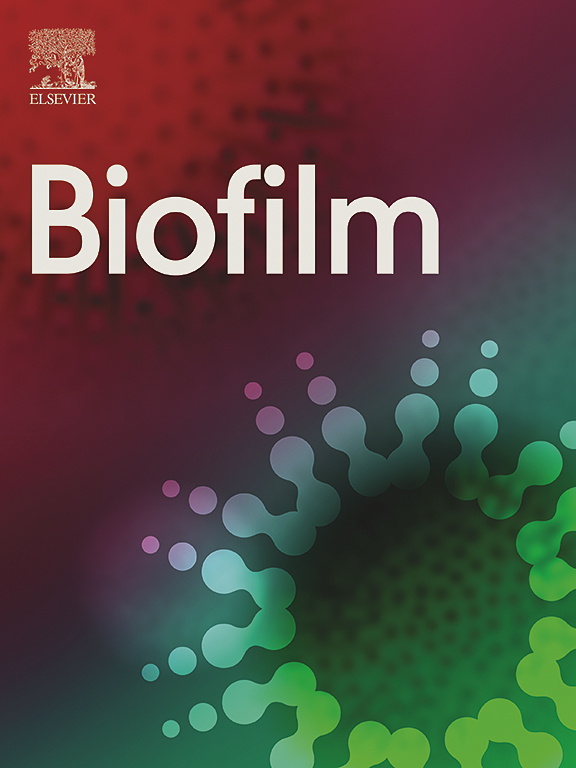患者来源的异种移植模型:癌症研究的现状、挑战和创新
IF 6.9
2区 医学
Q1 BIOCHEMISTRY & MOLECULAR BIOLOGY
引用次数: 0
摘要
尽管治疗方法不断进步,但癌症仍然是世界范围内死亡的主要原因,大多数患者在最初治疗后出现耐药性和复发。因此,结合临床前模型来模拟人类癌症生物学和药物反应对于提高治疗效果和预后至关重要。与传统的肿瘤细胞系模型和细胞系来源的异种移植模型相比,患者来源的异种移植(PDX)模型更忠实地保留了原始肿瘤的关键特征,如基因表达谱、组织病理学特征、药物反应和分子特征,是一种有前景和可靠的临床前试验平台。它们的显著优势已成为癌症研究的首选,特别是在药物开发,临床联合治疗和精准医学方面显示出显着的潜力。然而,PDX模型的成功构建和有效应用仍然面临着一些挑战。本文综述了PDX模型的构建细节以及影响模型成功率的驱动因素,为后续的模型优化提供一定的理论依据。同时,我们描述了各种成熟的PDX模型和其他正在发展的临床前模型的优缺点,包括PDX衍生模型、类器官模型和基因工程模型。此外,我们强调了新开发技术对PDX模型的挑战。最后,我们强调了PDX模型在各种癌症研究中的创新应用,并对其前景提出了见解。本文章由计算机程序翻译,如有差异,请以英文原文为准。
Patient-derived xenograft models: Current status, challenges, and innovations in cancer research
Despite advancing therapeutic treatments, cancer remains the leading cause of death worldwide, with most of its patients developing drug resistance and recurrence after initial treatment. Therefore, incorporating preclinical models that mimic human cancer biology and drug responses is essential for improving treatment efficacy and prognosis. Patient-derived xenograft (PDX) models, as a promising and reliable preclinical trial platform, retain key features of the original tumor such as gene expression profiles, histopathological features, drug responses, and molecular signatures more faithfully compared with traditional tumor cell line models and cell line-derived xenograft models. Their significant advantages have been the preferred choice in cancer research, especially demonstrating remarkable potential in drug development, clinical combination therapy, and precision medicine. However, the successful construction and effective application of PDX models still face several challenges. In this review, we summarize the details of constructing PDX models and the drivers affecting their success rates, which will provide some theoretical basis for subsequent model optimization. In the meantime, we delineate the strengths and weaknesses of various mature PDX models and other developing preclinical models, including PDX-derived models, organoids, and genetically engineered models. Moreover, we highlight the challenges of newly developed technologies on the PDX models. Finally, we emphasize the innovative usage of PDX models in a variety of cancer studies and offer insights into their prospects.
求助全文
通过发布文献求助,成功后即可免费获取论文全文。
去求助
来源期刊

Genes & Diseases
Multiple-
CiteScore
7.30
自引率
0.00%
发文量
347
审稿时长
49 days
期刊介绍:
Genes & Diseases is an international journal for molecular and translational medicine. The journal primarily focuses on publishing investigations on the molecular bases and experimental therapeutics of human diseases. Publication formats include full length research article, review article, short communication, correspondence, perspectives, commentary, views on news, and research watch.
Aims and Scopes
Genes & Diseases publishes rigorously peer-reviewed and high quality original articles and authoritative reviews that focus on the molecular bases of human diseases. Emphasis will be placed on hypothesis-driven, mechanistic studies relevant to pathogenesis and/or experimental therapeutics of human diseases. The journal has worldwide authorship, and a broad scope in basic and translational biomedical research of molecular biology, molecular genetics, and cell biology, including but not limited to cell proliferation and apoptosis, signal transduction, stem cell biology, developmental biology, gene regulation and epigenetics, cancer biology, immunity and infection, neuroscience, disease-specific animal models, gene and cell-based therapies, and regenerative medicine.
 求助内容:
求助内容: 应助结果提醒方式:
应助结果提醒方式:


